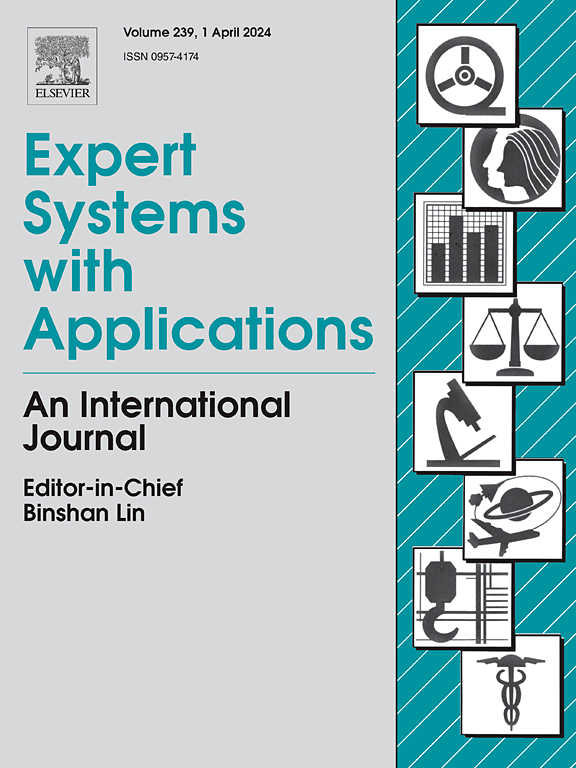Exploring multi-scale and cross-type features in 3D point cloud learning with CCMNET
IF 7.5
1区 计算机科学
Q1 COMPUTER SCIENCE, ARTIFICIAL INTELLIGENCE
引用次数: 0
Abstract
The existing methods for 3D point cloud learning can be broadly categorized into point-based and voxel-based approaches. Typically, these techniques often produce features that are either overly fine-grained or excessively coarse-grained. Moreover, most conventional methods primarily concentrate on extracting multi-scale information from a single feature type, overlooking the potential advantages of integrating diverse multi-scale features. To overcome these limitations, we propose CCMNet, an innovative framework for 3D point cloud learning that leverages Coarse-to-fine and Cross-type Multi-scale features. CCMNet integrates three levels of feature granularity: coarse-grained, mid-grained, and fine-grained. Coarse-grained features are extracted using a 3D CNN with low voxel resolution, mid-grained features are captured through an attention mechanism operating both within and across neighborhoods, and fine-grained features are derived using a streamlined multi-layer perceptron (MLP) network. In addition, we introduce a cross-type multi-scale strategy to enhance local feature representations by seamlessly integrating features across different scales and types. CCMNet serves as the feature extraction network for point cloud classification and segmentation tasks. Experimental results highlight that our method achieves significant performance improvements in 3D point cloud learning. The source code is publicly available at https://github.com/NWUzhouwei/CCMNet.

求助全文
约1分钟内获得全文
求助全文
来源期刊

Expert Systems with Applications
工程技术-工程:电子与电气
CiteScore
13.80
自引率
10.60%
发文量
2045
审稿时长
8.7 months
期刊介绍:
Expert Systems With Applications is an international journal dedicated to the exchange of information on expert and intelligent systems used globally in industry, government, and universities. The journal emphasizes original papers covering the design, development, testing, implementation, and management of these systems, offering practical guidelines. It spans various sectors such as finance, engineering, marketing, law, project management, information management, medicine, and more. The journal also welcomes papers on multi-agent systems, knowledge management, neural networks, knowledge discovery, data mining, and other related areas, excluding applications to military/defense systems.
 求助内容:
求助内容: 应助结果提醒方式:
应助结果提醒方式:


